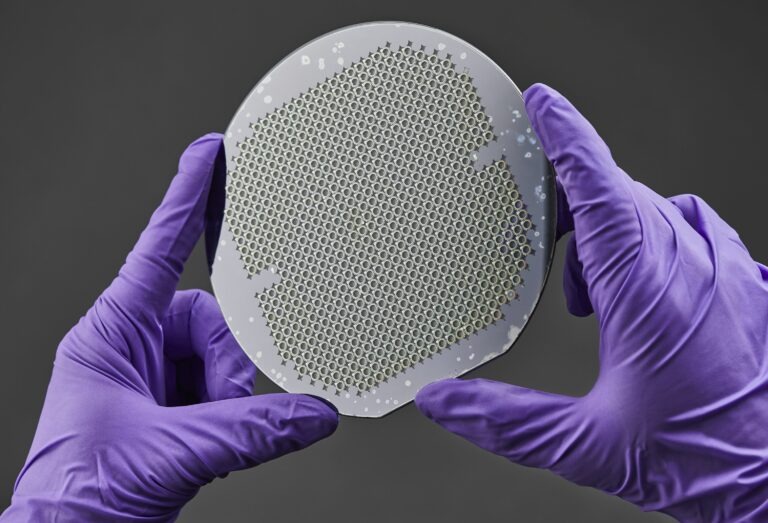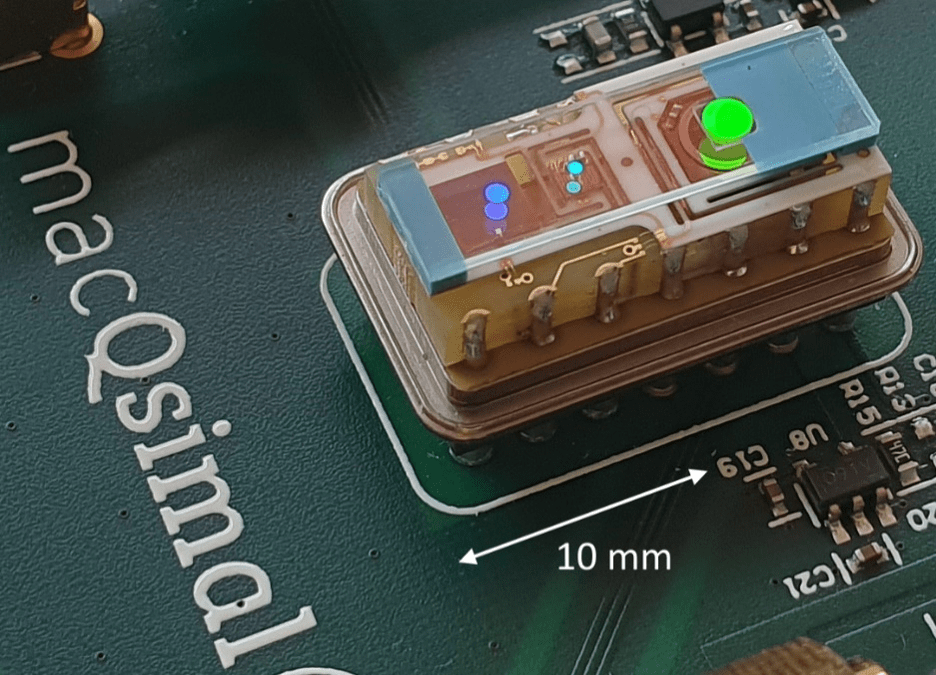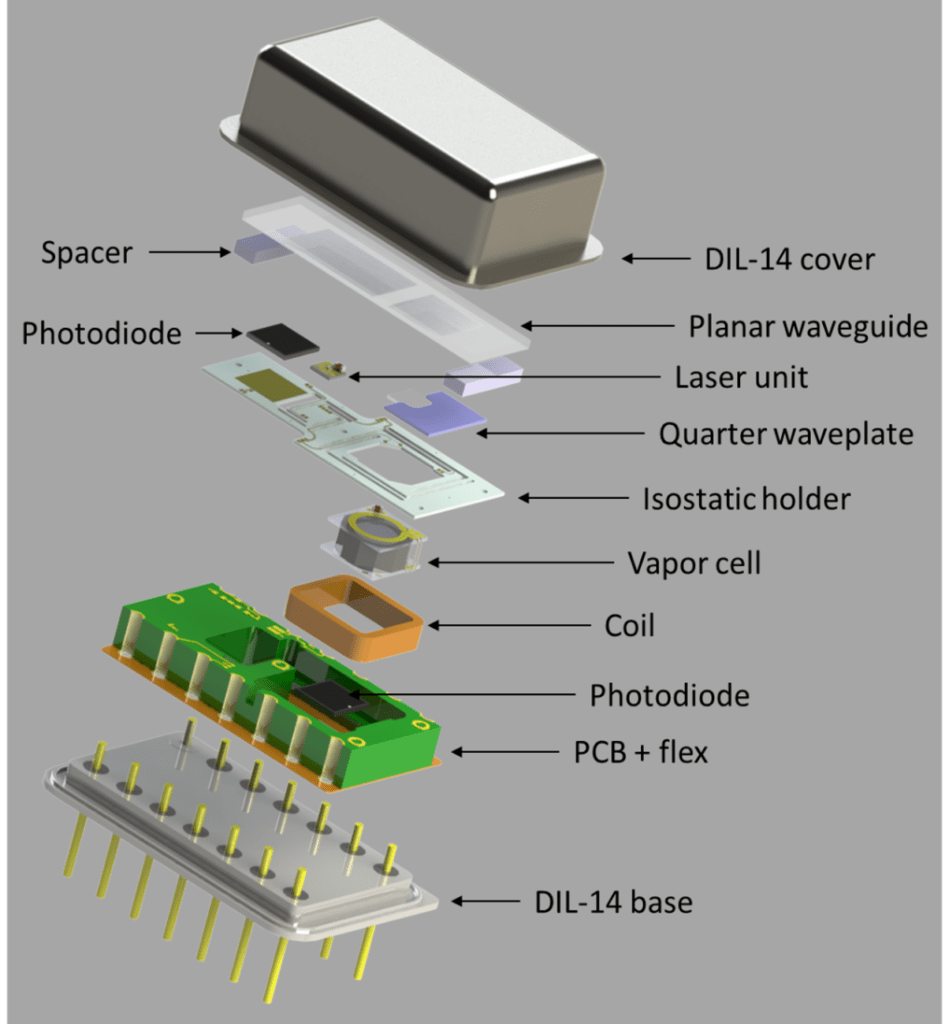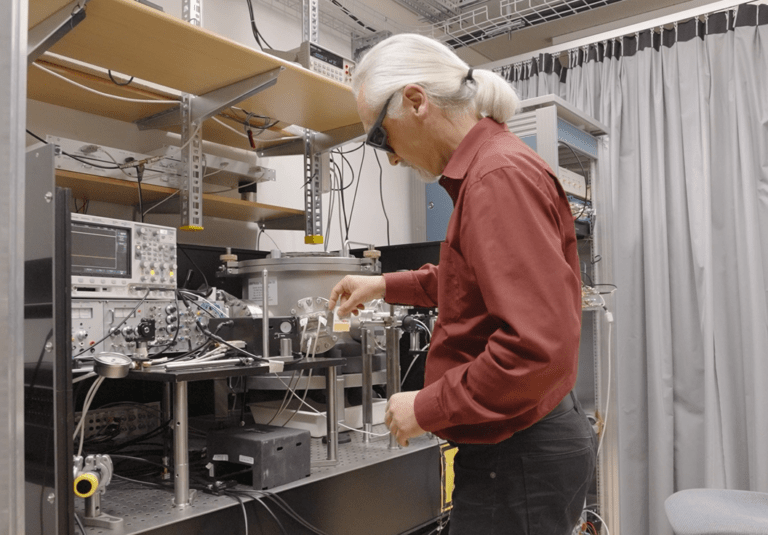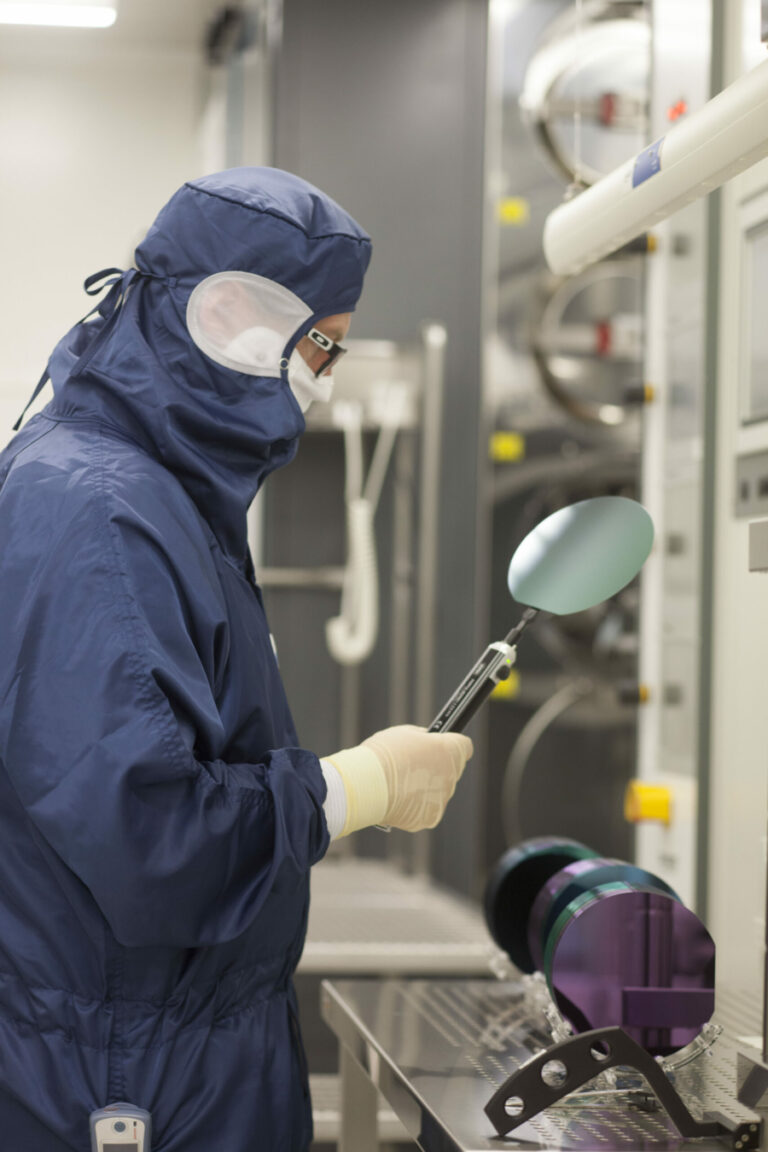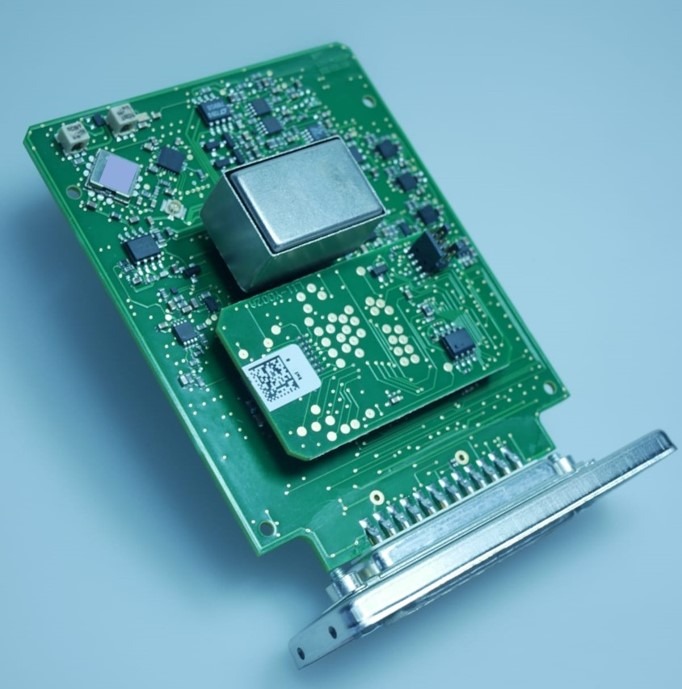Miniaturized Atomic Clocks
Goals and background
Atomic clocks represent a unique coordination tool for a number of services essential to the population, such as telecommunications, transport or even energy networks, which are currently dependent on GPS signals or the Galileo system. In the event of a signal cut or attack, the miniature clocks have the capacity to take over and keep the system running for a few hours while the problem is resolved. Atomic clocks are oscillators providing a signal with exquisite frequency (and hence timing) stability, derived from ultra-stable alkali atomic transitions in a controlled environment. A miniature atomic clock (MAC) combines the advantages of reduced size, weight and power (SWaP) with superior timing accuracy over quartz-based technologies.
Partners from CSEM, UNINE, VTT and OROLIA collaborated closely to develop a Miniature Atomic Clock (MAC) prototype based on coherent population trapping (CPT) in 87Rb filled MEMS atomic vapor cells, with minimal SWaP and costs and exquisite long-term performances.
Key results and impact
- Funcionalised MEMS Atomic Vapor Cell design for Miniature Atomic Clocks (MAC)
- Fabrication of the MAC MEMS Atomic Vapor Cells at the wafer-scale
- Demonstration of state-of-the-art MAC Cells frequency shift
- Validation of the reproducibility of the MAC physics package fabrication process
- Development and validation of dedicated MAC electronics
- Successful production of 4 system-level MAC prototypes
- Strong reduction of light-shift effects in the M-POP scheme
- Development of the M-POP clock, a tabletop clock demonstrator of a pulsed optical-microwave double resonance clock
Outcomes
- GNSS-grade space atomic frequency standards: Current status and ongoing developments
Batori, E., Almat, N., Affolderbach, C., Mileti, G. ( 2021) Advances in Space Research, 68(12), pp. 4723-4733. Long-Term Stability Analysis Toward <10-14 Level for a Highly Compact POP Rb Cell Atomic Clock Almat, N., Gharavipour, M., Moreno, W., Gruet, F., Affolderbach, C., Mileti, G. (2019) IEEE Transactions on Ultrasonics, Ferroelectronics, and Frequency Control (TUFFC), 67(1), 207-216.
The macQsimal partners produced eight MAC deliverables. Please refer to the publicly available deliverables for more details.
- Miniature Atomic Clock Driven by an Application Specific Integrated Circuit (ASIC) CSEM, 2022, EFTS-IFCS, Paris
- Adapting a Flat-Form Factor Miniature Atomic Clock to a Commercial Package: Preliminary Characterization CSEM, 2022, EFTS-IFCS, Paris
- Miniature atomic clock using pulsed double resonance on a micro-fabricated Rubidium vapor cell UNINE, 2022, PTTI, Long Beach
Performed activities
Vapor cells for atomic clocks
The technique used in macQsimal for the production of vapor cells is identical to the technique used in the production of integrated electronic circuits. Hence, we were able to produce a large number of vapor cells at once compiled in a 150mm diameter wafer. Individual vapor cells for atomic clocks typically have a size of 4 by 4mm. More than 700 units fit on a single wafer. The silicon cell core contains a cavity that is closed on both sides with a glass lid. To produce the MEMS atomic vapor cells, RbN3 got introduced to the cell via pipetting, followed by a deposition of the solution by UV irradiation once the cell was hermetically sealed.
Miniaturized atomic clock (MAC)
The physics package (PP) is a key element of a MAC: it provides all the interaction tools between the clock control electronics and the atoms. First, all building elements were validated and the base package components pre-assembled. Then the assembly phase began, including the assembly of the main optoelectronics components made by VTT, including the laser, the atomic vapor cell and the photodiode. The optical waveguide was then integrated by CSEM. The essential step in the development of MACs is the hermetic encapsulation of the PP. After assembly, the PP was transferred to Orolia for final encapsulation and integration with the Orolia electronics package. Finally, the fully integrated MAC was successfully tested under air and in a vacuum simulating both ground- and space applications.
CSEM recently patented a low-cost ultra-flat miniature atomic clocks PP that combines the advantages of reduced size, weight, and power, with superior timing accuracy over high-end quartz-based technology.
Enhancement of miniturized atomic clocks
Within macQsimal, we investigated the reduction of fundamental clock instabilities to achieve an improved miniature atomic clock performance. For this purpose, our partners from UNINE studied the applicability of advanced quantum interrogation techniques similar to those currently used in the much larger primary atomic clocks to miniaturized cells. In laboratory tests in a vacuum test chamber, the performance of the enhanced MACs was in line with the expected performances, paving the way for the production of 4 integrated clock units.
Towards market applicability
The objective within the macQsimal project was to further reduce the size and power consumption of a new prototype miniature atomic clock (MAC). The strong collaboration between research and industry has provided an excellent platform to push the MAC close to market maturity. CSEM and VTT provided state-of-the-art micro-fabrication technology, including cleanroom facilities (left) and expertise in MEMS manufacturing, assembly, and packaging. Then at the system level, Orolia integrated the micro-fabricated system with electronics and software. The prototypes provided stable time- and frequency signals within the specifications. The MAC prototypes developed in the project are an excellent starting point for future exploitation of the technology for applications such as network synchronisation, mobile communication, radar and satellite navigation.

